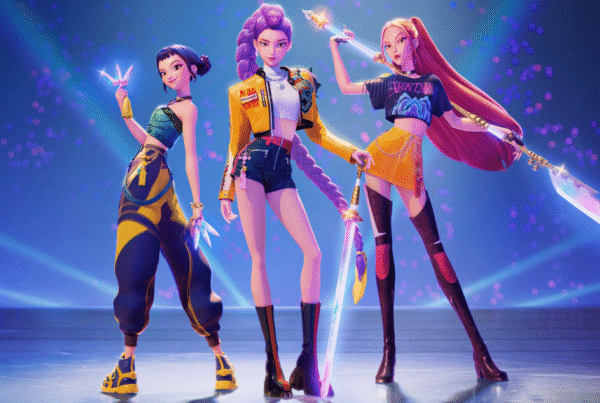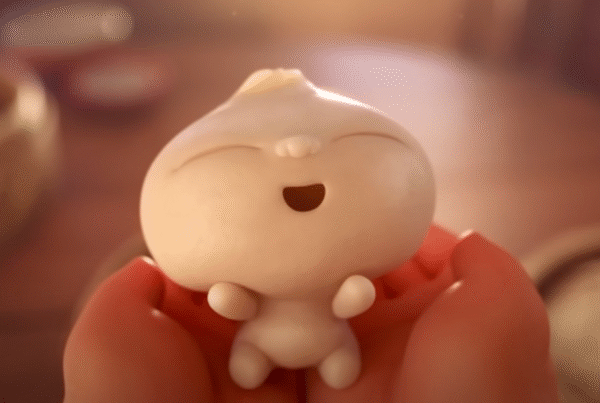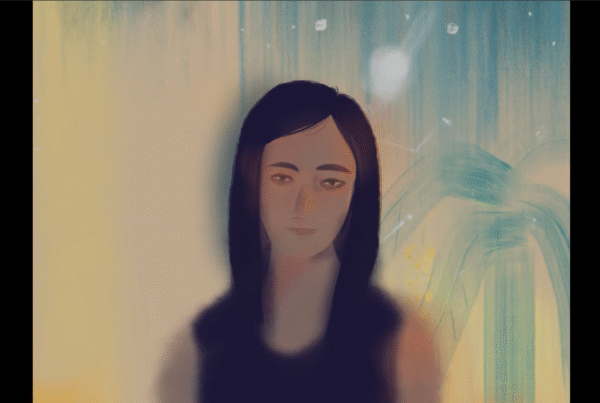Stylised vs Realistic Animation: Which Works Best?
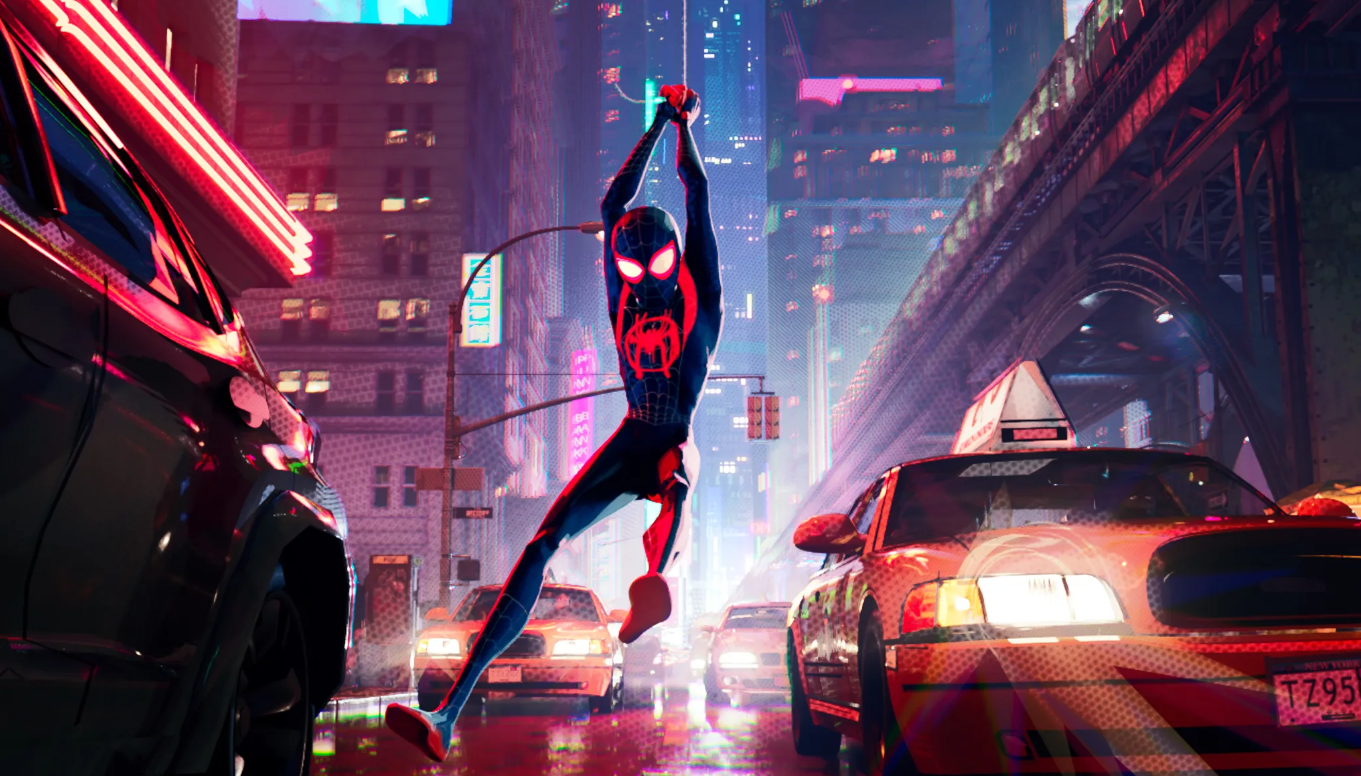
When Spider-Man: Into the Spider-Verse (2018) swung into theatres, audiences worldwide were stunned by its – explosive blend of 2D and 3D animation. With hand drawn lines and halftone shading, its distinct and vibrant visual style makes it look every bit like a comic book come to life.
Seven months later, Disney released an animated film that showed the world something entirely different. Like its 1994 predecessor, The Lion King (2019) was an entirely animated film, but instead of hand drawn creatures, the hyperrealistic animals were rendered so lifelike they could have walked right off the savannah.
Both films were masterpieces in their own right, but for very different reasons. While one dazzled audiences with its artistic flair, the other did so with immersive realism. As a Singaporean animation studio, we often ask ourselves which approach truly stands out when creativity and technology know no bounds: stylised or realistic animation?
Stylised Animation: The Art of Expression
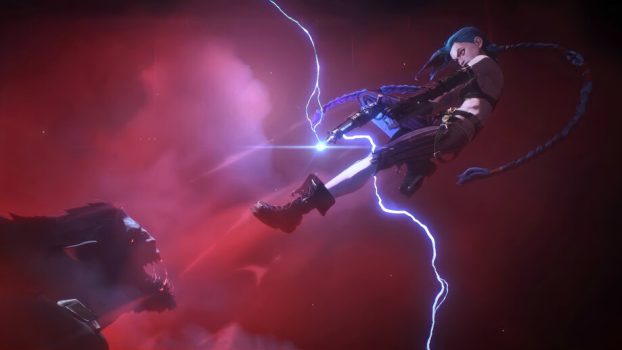
You may be wondering what stylised animation even is. “Stylised” means to depict something in a non-realistic style, prioritising imagination over imitation. Stylised animation is about reimagining, not mimicking, the real world, so exaggeration, abstraction, and symbolism are able to take center stage. Every frame is treated as an opportunity to express mood, tone, or personality instead of just physics.
Think Across the Spider-Verse, Arcane, Klaus, or The Mitchells vs The Machines. These works go beyond telling stories – they paint emotions across the screen. Shadows stretch longer when tension builds, colors explode with joy or sorrow, and character designs stretch the laws of physics.
Stylisation gives creators the freedom to craft worlds that exist purely on their own terms. In these worlds, art direction, carefully chosen color palettes, and different textures carry narrative weight. In Arcane, painterly brushstrokes blend with realistic lighting to evoke a sense of both intimacy and chaos. In Klaus, the soft lighting and 2D-inspired shading turn a digital film into something that feels charmingly handcrafted.
With this type of animation, artistry drives technology instead of the other way around. Being a VFX studio ourselves, we know that stylised animation can be a playground for studios and creators, as the design language is able to shift depending on the emotion or idea being portrayed.
Realistic Animation: The Pursuit of Believability
![]()
On the other hand, realistic animation aims to make the unreal feel real. Where real-world physics are more of a suggestion to stylised animation, with realistic animation, things like physics, anatomy, lighting, and texture tend to behave exactly as they would in real life. Every ripple of water, flicker of fur, or tensing of a muscle must convince the eye and suspend disbelief completely.
Films like The Lion King (2019), Final Fantasy XV: Kingsglaive (2016), and even the Avatar saga, showcase how realism can serve to immerse viewers into their worlds, blurring the line between live-action and animation. It proves that when done well, realistic animation becomes transportive – audiences forget they’re watching pixels generated on the screen of a studio, and instead see these worlds as real, tangible places.
However, achieving this illusion is a taxing process. Realistic projects often demand longer production cycles, heavier renders, and larger teams of specialists in physics simulation, lighting, and shading. Even a single frame can take hours to render. In return? You receive a cinematic experience so lifelike, its artistry lies in its invisibility.
Key Differences
Both stylised and realistic animation are valid forms of animated storytelling. However, the intent and design behind them differ, and as such, so does the experience they provide to audiences. The key differences are as follows:
- Artistic Intent:
Stylised animation prioritises expression and symbolism. It conveys emotion through form and exaggeration. In contrast, realistic animation seeks accuracy and immersion, recreating the world as our eyes see it. - Visual Design:
Stylised worlds thrive on bold color palettes, simplified forms, and graphic silhouettes. Realistic animation leans on lifelike proportions, textures, and physically accurate lighting. - Technical Process:
Stylised projects bend the rules of our universe and allow animators to break motion principles for effect or clarity. Realistic projects demand meticulous adherence to physics as we know them, with rigs, shaders, and simulations working in harmony to mimic real life. - Audience Experience:
Stylised animation feels imaginative and emotionally direct, and audiences are able to accept exaggerated or unrealistic happenings on screen thanks to the dramatic animation style. Realistic animation feels more cinematic and immersive, sometimes even leaning into being documentary-like in its believability as with The Lion King (2019).
Pros and Cons of Stylised and Realistic Animation
In addition to their differences, there are certain trade offs to each animation style. For instance, stylised animation generally offers more creative freedom and can be faster to produce. It’s often lighter on rendering requirements, but heavier on concept work, which is a balance of vision and experimentation. The challenge of stylised animation lies in consistency; maintaining a coherent aesthetic across hundreds of shots.
On the other hand, realistic animation is rather resource intensive. From high-end rendering software to complex simulation systems, achieving realism means scaling both time and budget. Of course, the payoff is unmatched immersion which is perfect for cinematic storytelling and high-end product visualization.
Realistic animation takes time, but once it clicks, it looks exactly as intended. Stylised animation is often faster, but harder to get exactly right. Both styles demand immense mastery and technical skill, just of different crafts.
When to Use Stylised or Realistic Animation
Given their differences, virtues, and drawbacks, it can be hard to decide which style to pick in any given circumstance. So, when should you pick one over the other?
Stylised animation shines when a project calls for personality and emotional resonance. It’s often the go-to for brand campaigns and explainer videos that need to stand out, since they blend visual flair with storytelling clarity. It also thrives in artistic shorts or concept-driven narratives, where creative freedom and emotional expression matter more than realism. For projects that aim to leave a lasting impression or build a distinct visual identity, stylisation can be the defining factor that makes the work memorable.
Realistic animation, in contrast, excels in spaces where believability and accuracy take precedence. It’s ideal for films, video games, and architectural visualizations – basically, any medium that demands immersion and tangible detail. It’s also a great tool for training simulations or educational content, where precision enhances understanding and credibility. By replicating the subtleties of light, motion, and physics, realism pulls audiences deeper into the experience, making complex ideas or virtual worlds feel convincingly alive.
Ultimately, the choice has to be as strategic as it is artistic. The right approach depends on the message, the audience, and the story you want to tell. Stylisation can amplify personality and memorability, while realism can build trust and wonder. In the hands of skilled creators, either can become the perfect language for storytelling.
The Middle Ground: Stylised Realism
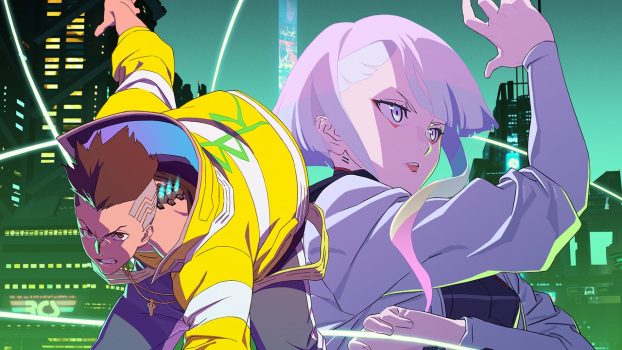
Of course, the best animations today often blur the line between both. Arcane’s vibrant visuals coexist with realistic lighting and dynamic camera work. Cyberpunk: Edgerunners pairs gritty realism with neon stylization to heighten the mood and atmosphere.
This fusion, stylised realism grants you the best of both worlds: the expressive emotion of stylisation, grounded in the believable physics and motion of realism. Thanks to advances in AI-assisted rendering and real-time engines, studios can now combine these aesthetics more fluidly than ever.
Why It Works
There’s really no definitive “winner” in the stylised vs realistic animation debate. Both can produce breathtaking works of art, and both can fail – what matters is intention and aligning the visual language with the story and its audience.
Stylised animation invites emotional interpretation, while realistic animation invites immersive belief. The magic happens when form and function meet, and the chosen style is elevated from stylistic choice to storytelling device. In a nutshell, that’s the art of animation: not choosing sides, but choosing purpose.
Conclusion
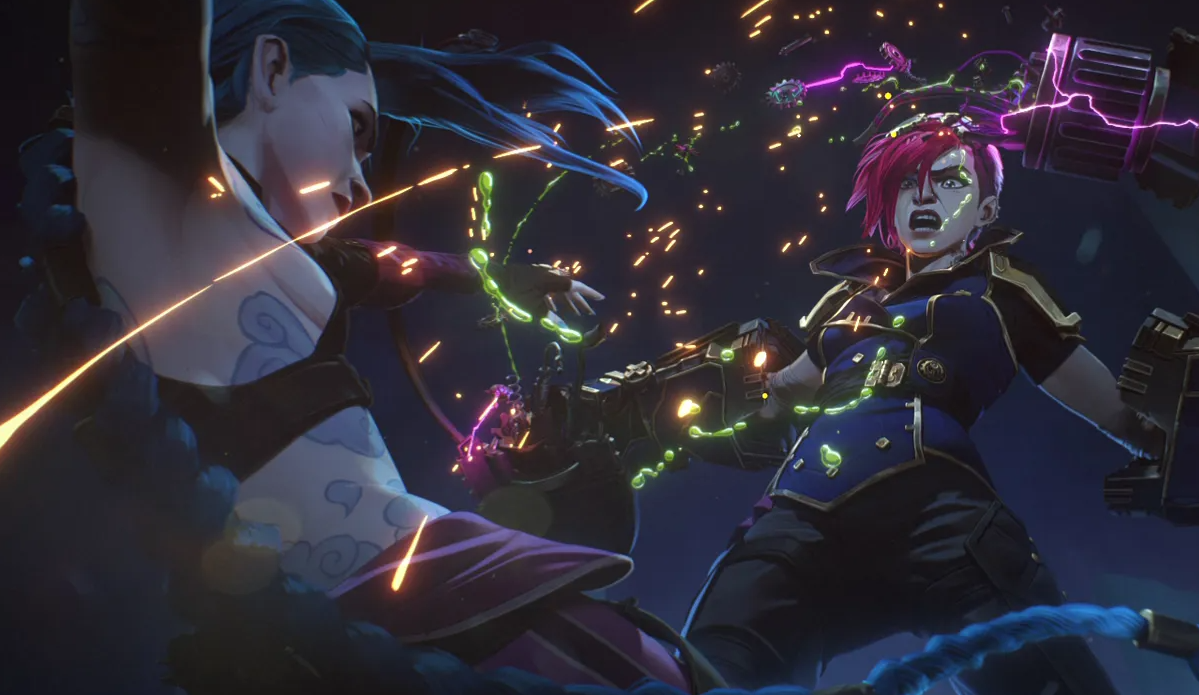 When it comes down to it, these two styles aren’t really opposites – rather, they’re different points on the same creative spectrum. Whether you’re building fantastical worlds or photorealistic illusions, success lies in finding the right tone for your story.
When it comes down to it, these two styles aren’t really opposites – rather, they’re different points on the same creative spectrum. Whether you’re building fantastical worlds or photorealistic illusions, success lies in finding the right tone for your story.
Certain stories need to be realistic to pack a punch, while others are told best with wild, unrestrained dramatic flair. If you want to read more about how different stories are told through animation, check out CraveFX and our articles on Netflix’s KPop Demon Hunters, Arcane LoL, and Solo Leveling. We break down different aspects of their success, like Cyberpunk Edgerunners marketing strategy, and give you the best adult animated series to add to your watch list.

